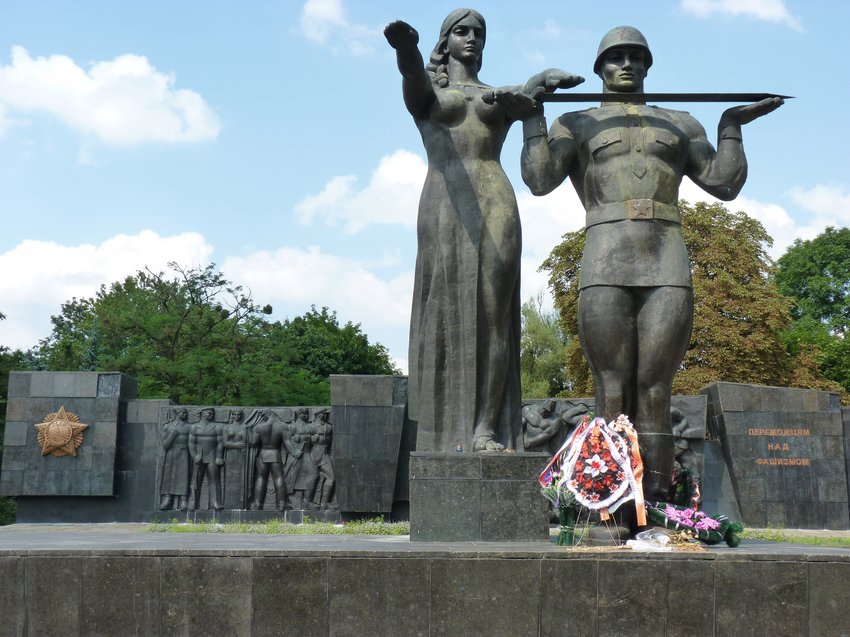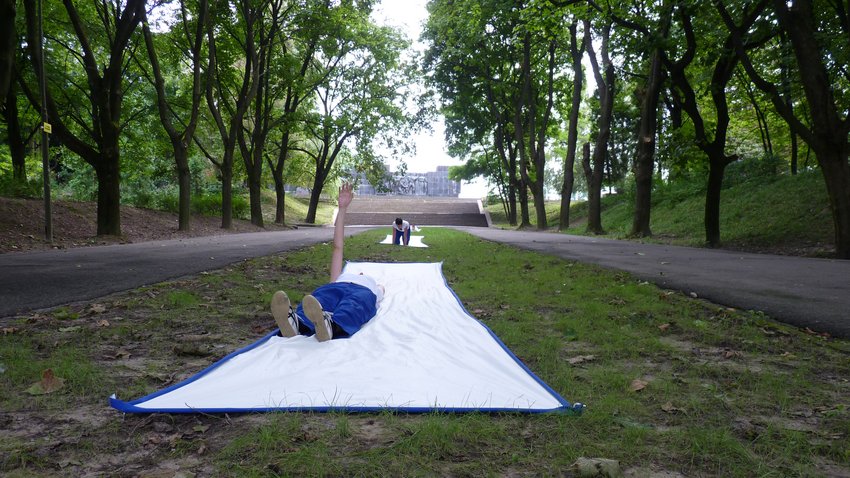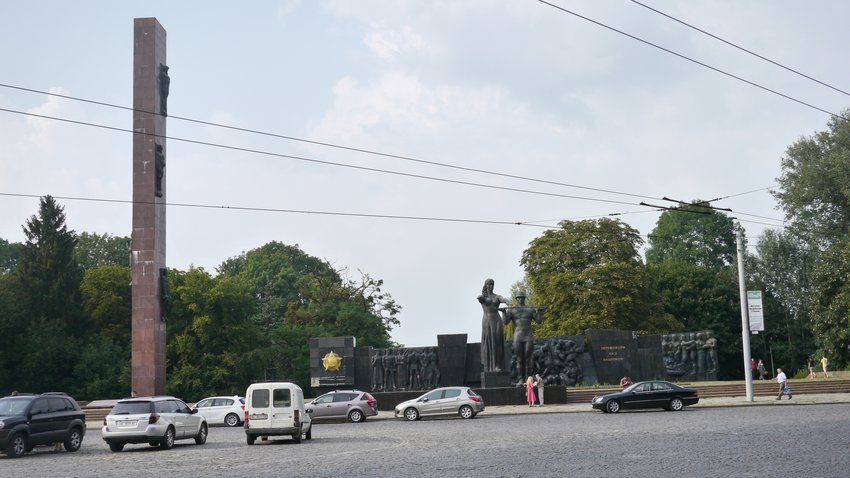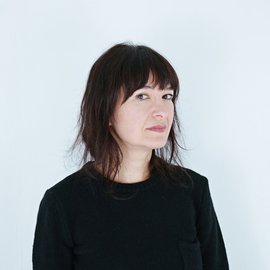Ekaterina Shapiro-Obermair
Scholarship for artists, arts-based researchers, and curators at the VALIE EXPORT Center Linz 2025
Ekaterina Shapiro-Obermair is an artist, curator, and researcher born in Moscow based in Vienna. From 1999 to 2009, she studied painting and sculpture in Nuremberg, Berlin, and Vienna and received her doctorate from the Academy of Fine Arts Vienna in 2022. Her projects engage with questions of memory and historiography, the visual representation of nationalism and ideologies, and seeing as an instrument of knowledge production. She works in various media, including drawing, installations, video, and text. Since 2017 she operates the independent artist-run space hoast in Vienna with Wolfgang Obermair.
The Monument of Glory, the Glory of the Monument A Video Essay
The meaning of a monument not only derives from its formal characteristics, but more importantly from how people interact with it. This essayistic video work is about a prominent war memorial in western Ukraine, the so-called “Monument of Glory,” which was erected in 1970 in the city of Lviv and was once one of the most important modern works of art in the region. After the collapse of the Soviet Union in 1991, the monument increasingly became the subject of public debate about Ukrainian history. It turned into a rallying point for various groups, some of them at odds with each other, and served as a medium of communication through which sociopolitical tensions were vented. These conflicts ultimately led to the monument being demolished in the summer of 2021.
From 2010 to 2023, Shapiro-Obermair visited the site several times and created an extensive private archive of images and video recordings. These show how the complex gradually changed, as well as how people interacted with it. In view of later developments, this material is unique and has both artistic and historical documentary value. It forms the basis of this project and is supplemented by other image sources. Partly narrated from the artist's first-person perspective, the video essay shows how strongly the reception of a monument depends on how it is interpreted politically — and at the same time how ambivalent these interpretations are.







